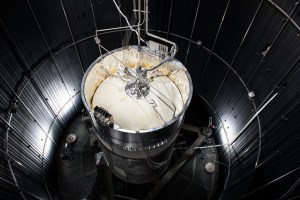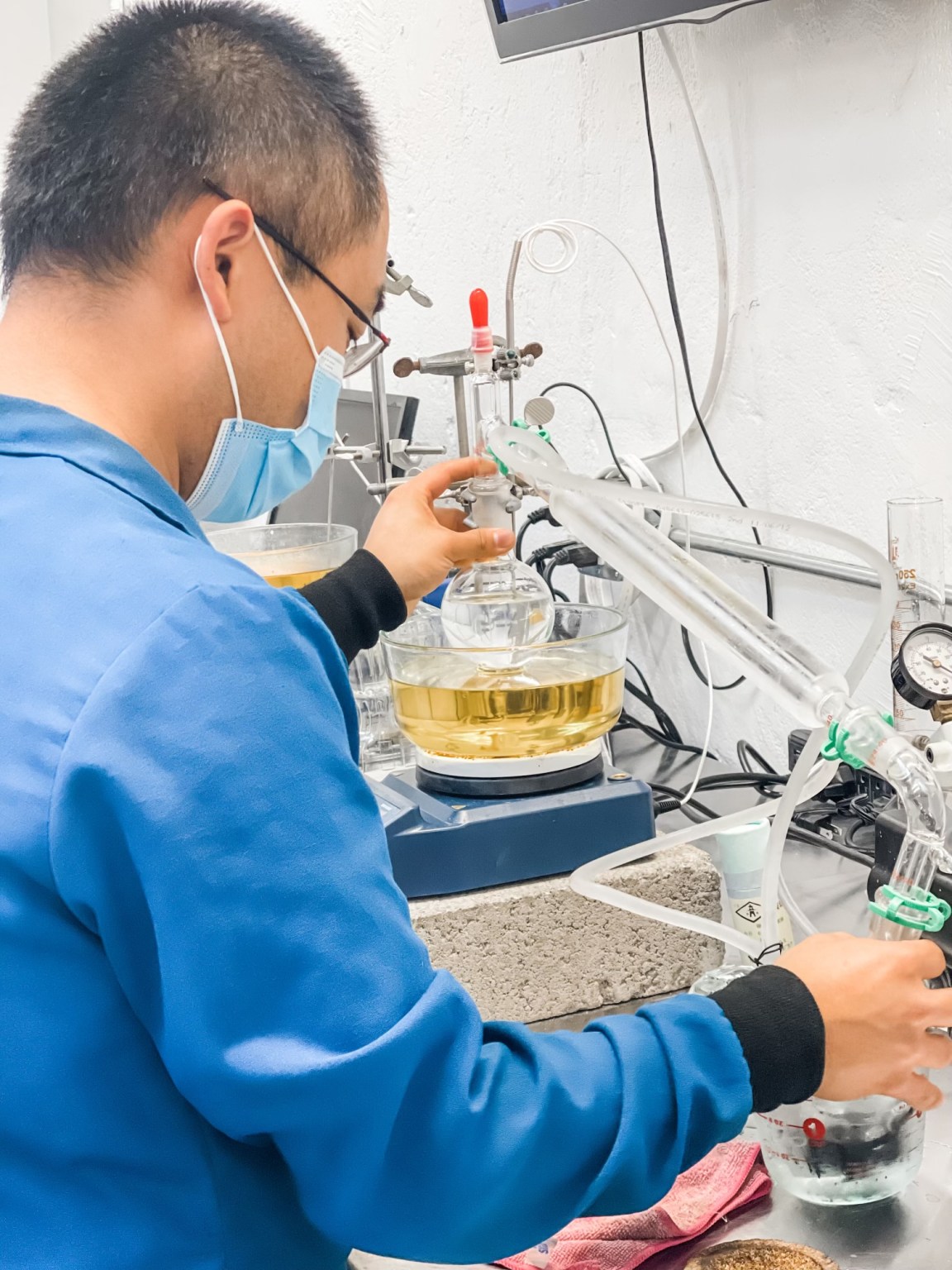NASA Selects Winners of Third TechRise Student Challenge
NASA is announcing 60 winning teams for its third TechRise Student Challenge, a nationwide contest to engage students in technology, science, and space exploration. The student teams will work together to turn their proposed science and technology experiments into reality ahead of NASA-sponsored suborbital flight tests this summer. The challenge opened for submissions in August […]

4 min read
Preparations for Next Moonwalk Simulations Underway (and Underwater)

NASA is announcing 60 winning teams for its third TechRise Student Challenge, a nationwide contest to engage students in technology, science, and space exploration. The student teams will work together to turn their proposed science and technology experiments into reality ahead of NASA-sponsored suborbital flight tests this summer.
The challenge opened for submissions in August to students in grades six through 12 at U.S. public, private, or charter schools, including those in U.S. territories. The winning teams include more than 490 students representing 46 states and territories. Their experiments will fly on one of two commercial suborbital flight platforms: a high-altitude balloon operated by World View of Tucson, Arizona, or the Xodiac rocket-powered lander operated by Astrobotic of Pittsburgh.
“Cultivating creativity and curiosity and inspiring students to pursue STEM careers is one of NASA’s most important missions,” said Prasun Desai, deputy associate administrator, Space Technology Mission Directorate at NASA Headquarters in Washington. “TechRise is a unique opportunity that allows students to gain hands-on knowledge while developing real payloads for flight, and it’s an experience they can carry with them during their educational and early career journeys.”
Winning proposals address a wide variety of science and technology challenges, including studying the effects of stratospheric conditions, such as solar and ionizing radiation on plant seeds; testing radiation shielding materials; and using sensors such as thermal cameras and lidar to map a simulated lunar surface.
A complete list of winning teams is available on the TechRise website.
Each team will receive $1,500 to build their experiments, a flight box to house it, technical support from Future Engineers, and an assigned spot for their experiments on a suborbital flight test scheduled for this summer. The challenge is managed by NASA’s Flight Opportunities program, which rapidly demonstrates technologies for space exploration, discovery, and the expansion of space commerce through suborbital testing with industry flight providers.
Experiments tested on the high-altitude balloon will experience approximately four hours of flight time at approximately 70,000 feet with exposure to Earth’s upper atmosphere, high-altitude radiation, and perspective views of Earth. During flight, they will experience the stratosphere’s unique thermal and atmospheric environment, providing conditions that ground-based testing cannot replicate. The high-altitude balloon will also allow payloads to observe the surface below them and collect data on land features such as vegetation and bodies of water.
Those tested on the lander will fly for approximately two minutes at an altitude of 80 feet over Astrobotic’s Lunar Surface Proving Ground, a test field designed to simulate the Moon’s surface, located at Astrobotic’s test site at the Mojave Air and Space Port in Mojave, California. During flight, payloads will be able to collect information on the features of the simulated lunar surface and discover hidden objects. Student experiments can also study the physics and characteristics of the lander’s flight environment.
“I am most excited about the hands-on experience that building the NASA TechRise experiment will offer my students,” said Amy Becker, TechRise educator lead for the winning team from Clear Creek Middle School in Ellijay, Georgia. “They will not only acquire technical knowledge but also learn essential skills like effective communication and critical thinking. The prospect of seeing their ideas materialize into a tangible project, one that will ascend about 70,000 feet into the stratosphere, is both thrilling and educational.”
A group of approximately 200 volunteer judges with expertise in engineering, space, and Earth science reviewed entries and selected the nationwide winners. Judges evaluated proposals based on experiment originality, its impact on education or society, feasibility within the allotted timeframe and budget, and the quality of the build plan. Criteria were also designed to encourage equitable student participation and geographic representation, and scoring included additional points for Title I-eligible schools.
Managed by NASA’s Flight Opportunities program at the agency’s Armstrong Flight Research Center in Edwards, California, and administered by Future Engineers, TechRise is designed to inspire a deeper understanding of Earth’s atmosphere, surface features, and climate. It also provides students the opportunity to learn more about space exploration, coding, electronics, and the value of test data. TechRise is one of many NASA Prizes, Challenges, and Crowdsourcing efforts within STMD offering opportunities to participate in America’s space program.
Share
Related Terms
What's Your Reaction?
















































